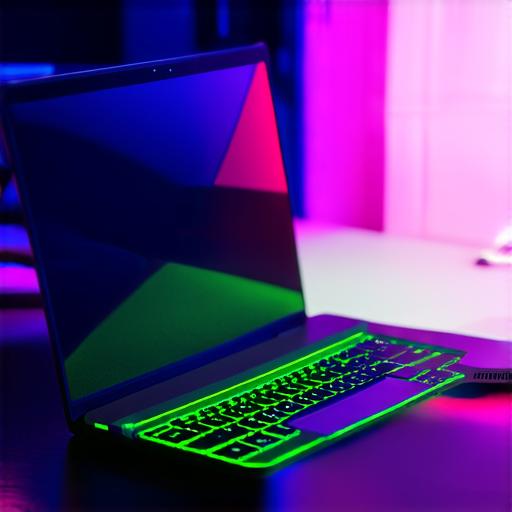Tools and Technologies for Developing AR Applications
Unity 3D
Unity 3D is one of the most popular game engines used for developing AR applications. It provides a vast set of tools and features that allow developers to create immersive and interactive AR experiences. Unity also supports Android platforms, making it an ideal choice for building AR apps for Android devices.
Vuforia SDK
Vuforia is another popular AR development toolkit that supports both iOS and Android platforms. It uses computer vision algorithms to track the real-world environment and overlay digital objects onto it. The Vuforia SDK provides a set of tools and features that allow developers to create interactive and engaging AR experiences.
OpenCV
OpenCV is an open-source computer vision library that supports various programming languages, including Java. It can be used for developing AR applications by providing image processing, object detection, and tracking capabilities. OpenCV is compatible with Android devices, making it a great option for building AR apps.
Steps to Develop an AR Application for Android
Step 1: Define the concept and requirements of the AR application.
The first step in developing an AR application for Android is to define its concept and requirements. This involves identifying the target audience, defining the purpose of the app, and determining what features it should include.
Step 2: Choose a development toolkit and platform.
Once you have defined the concept and requirements of your AR application, the next step is to choose a development toolkit and platform. As we discussed earlier, Unity 3D, Vuforia SDK, and OpenCV are popular choices for developing AR applications. You can choose the one that best suits your needs and experience level.

Step 3: Design the AR interface and user experience.
The design of the AR interface and user experience is critical to the success of an AR application. It should be intuitive, engaging, and easy to use. The interface should also take into account the unique features of AR technology, such as the ability to overlay digital objects onto the real-world environment.
Step 4: Develop and test the AR application.
Once you have designed the AR interface and user experience, the next step is to develop the application using your chosen development toolkit. You should also thoroughly test the app to ensure that it works correctly and provides a seamless user experience.
Best Practices for Developing AR Applications
Optimize for performance.
AR applications require high-performance hardware, particularly when it comes to graphics and processing power. Therefore, it’s essential to optimize your app for performance by minimizing the load on the device and reducing the number of frames per second (FPS) required for rendering digital objects.
Use real-world environments.
AR applications work best when they are overlaid onto real-world environments. Therefore, it’s essential to use realistic and accurate 3D models of the environment in your app. This can be achieved using computer vision algorithms and image processing techniques.
Keep it simple.
AR applications should be simple and easy to use. The interface should be intuitive and provide clear instructions for the user. It’s also essential to keep the number of features and functionalities limited to prevent overloading the user.
Conclusion
Developing AR applications for Android requires a specific set of tools and techniques that differentiate it from other types of mobile applications. By following the steps outlined above and adhering to best practices, you can create immersive and engaging AR experiences that provide a unique and memorable user experience.
